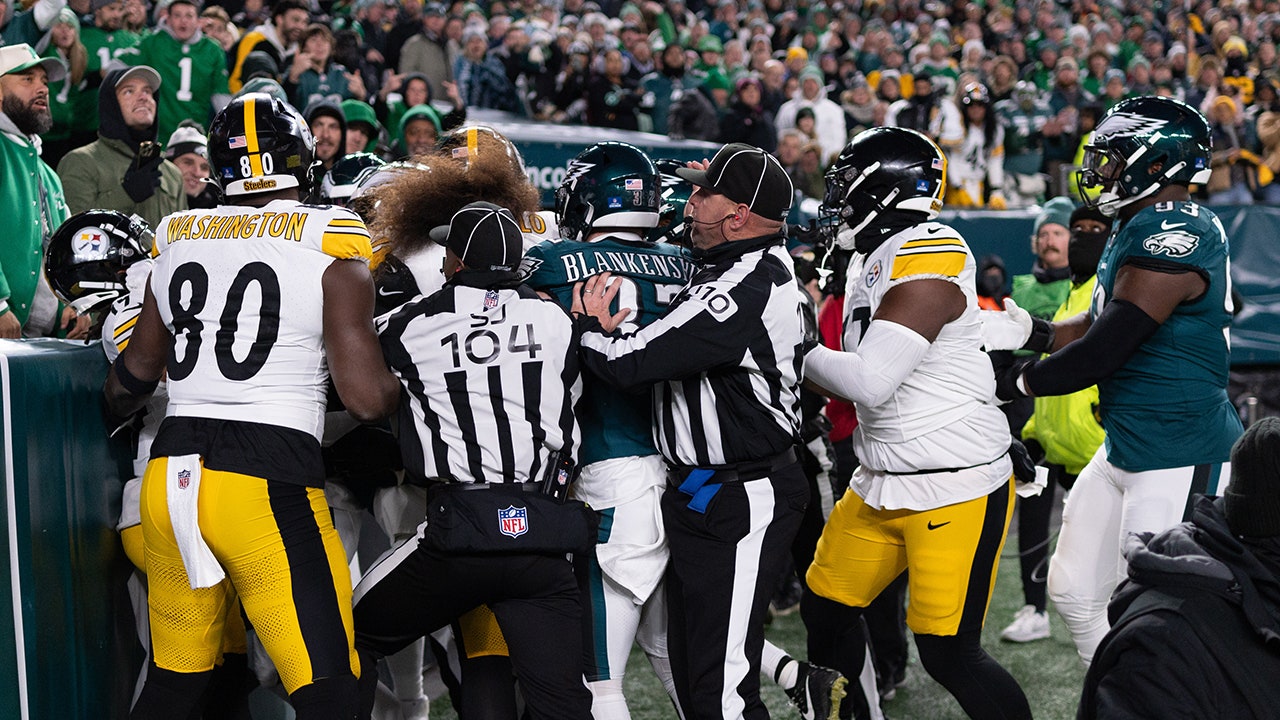Transportation Secretary Pete Buttigieg said the requirement issued Tuesday would bolster safety, preventing railroads from cutting back crews on trains, which can stretch to as much as three miles long and previously lacked a federal mandate for minimum staff.
“They want to operate that with one person,” Buttigieg said at a news conference. “ … It defies common sense and that changes today.”
The Biden administration first proposed rules requiring two-person crews in 2022, seeking to ensure that the nation’s largest railroads — known as class-one operators — did not whittle down staffing to dangerous levels in a bid to cut costs in a tight economy. Railroads argued against the rule, saying there was little evidence it would improve safety. But rail industry workers flooded the Transportation Department with supportive comments, stressing that they needed the extra help, especially in the case of an emergency.
Leaders from the two major train crew unions and a firefighters’ union joined Buttigieg at the event announcing the rule.
“Safety improvements have come too slowly to the railroads but it is great to be finally working with an administration that is listening to workers,” said Vince Verna, a vice president at the Brotherhood of Locomotive Engineers and Trainmen.
Nationally, more than 289 derailments and other accidents occurred on main freight lines last year from Jan. 1 to Nov. 30, according to a Washington Post review of federal transportation data in February. Despite that record, freight railroads still fought vigorously against new federal rules. Their opposition at the Federal Railroad Administration (FRA) mirrored their lobbying in legislatures around the country, where they argued there is no evidence that extra staffing would make trains safer.
“FRA is doubling down on an unfounded and unnecessary regulation that has no proven connection to rail safety,” Ian Jefferies, president of the Association of American Railroads, said in a statement Tuesday. “Instead of prioritizing data-backed solutions to build a safer future for rail, FRA is looking to the past and upending the collective bargaining process.”
The FRA acknowledged in the final version of the rule that it could not quantify its benefits, lacking data to measure them in financial terms — a common approach for drafting federal regulations. Instead, the agency pointed to the risks of a single crew member becoming incapacitated and the benefits of crew members being able to work together in emergency situations as justifying the rule.
Officials also highlighted multiple accounts of railroad employees in support of the rule. They included a conductor who described rushing to rescue a driver from a vehicle hit by a train while the engineer stayed on board the locomotive and communicated with emergency responders.
The rule provides an avenue especially aimed at smaller railroads allowing them to ask permission to operate with a single crew member on board, if they can demonstrate that there would be no risk to safety. Workers and communities near affected rail lines would have a chance to weigh in.
Buttigieg said he expected permission would be granted only rarely: “I expect those cases to be the exception, not the rule.”
Freight trains have typically been run by a crew consisting of an engineer and a conductor, who split responsibilities. But in recent years, some railroads have proposed having conductors follow the trains by road in trucks, arguing that many of the jobs aboard the train can be replaced by technology. Under that model, conductors would cover fixed territories rather than riding the length of a train route — an approach railroads said would offer workers better quality of life.
The railroad safety legislation pending in Congress would make other changes to railroads, including setting standards for trackside devices designed to identify dangerously overheated wheel bearings and increasing the maximum federal fines for safety violations.
A Senate committee passed a bipartisan version of the legislation in May. But it has not moved forward since then, and Buttigieg renewed a call for lawmakers to take action.
“Some of the same Republican representatives and senators who were loudest in professing outrage over that derailment one year ago are uncharacteristically avoiding comment right now, now that their votes are needed to pass this into law,” Buttigieg said.















































